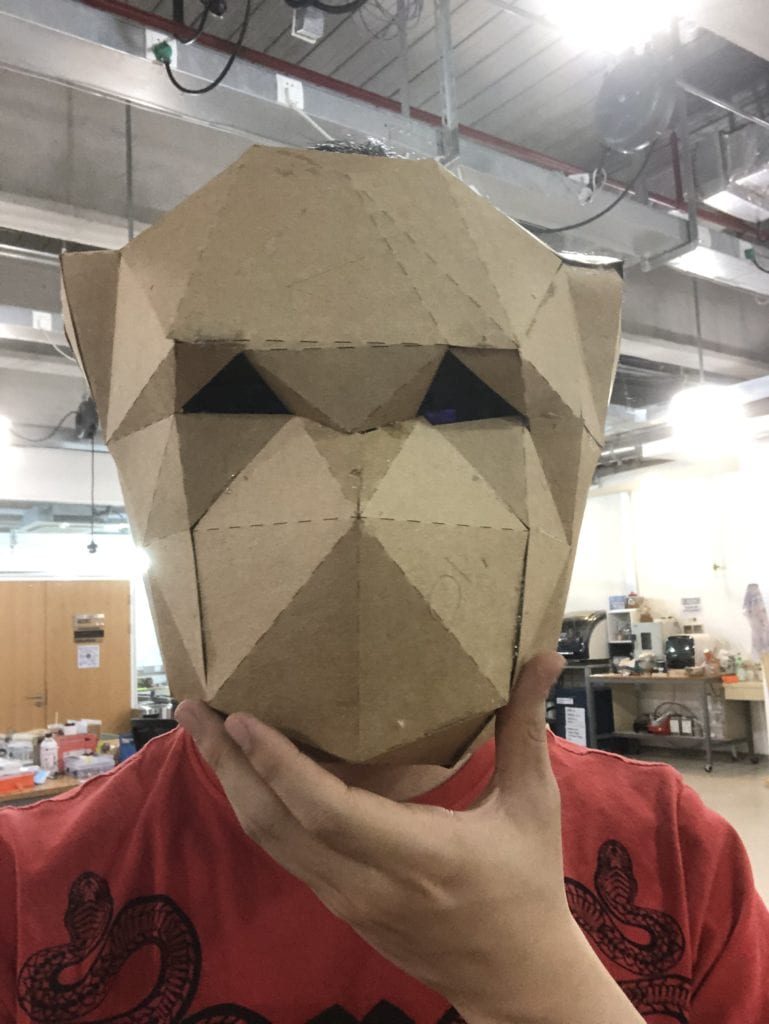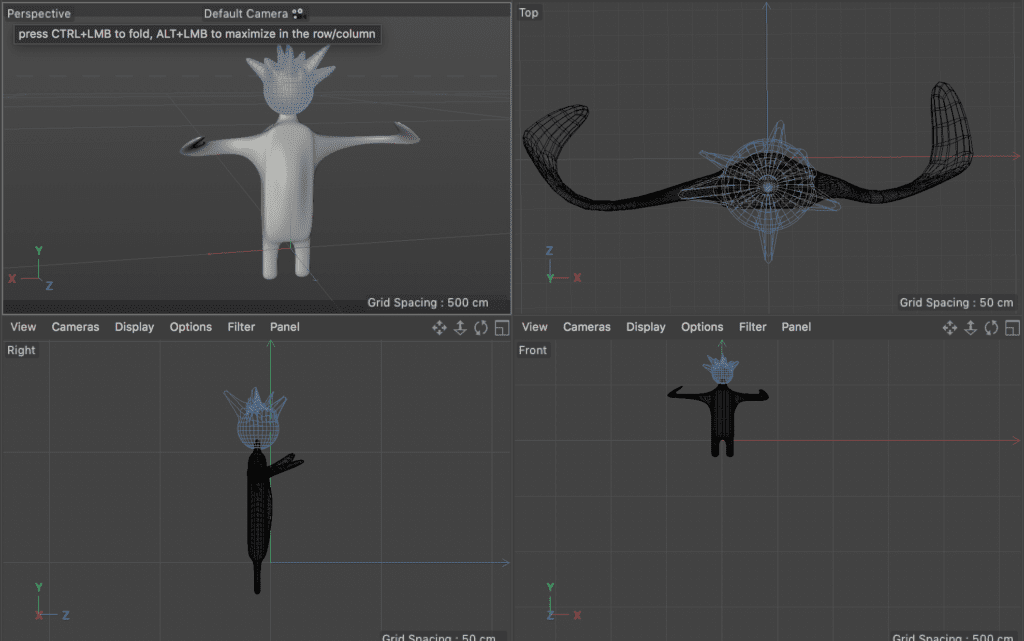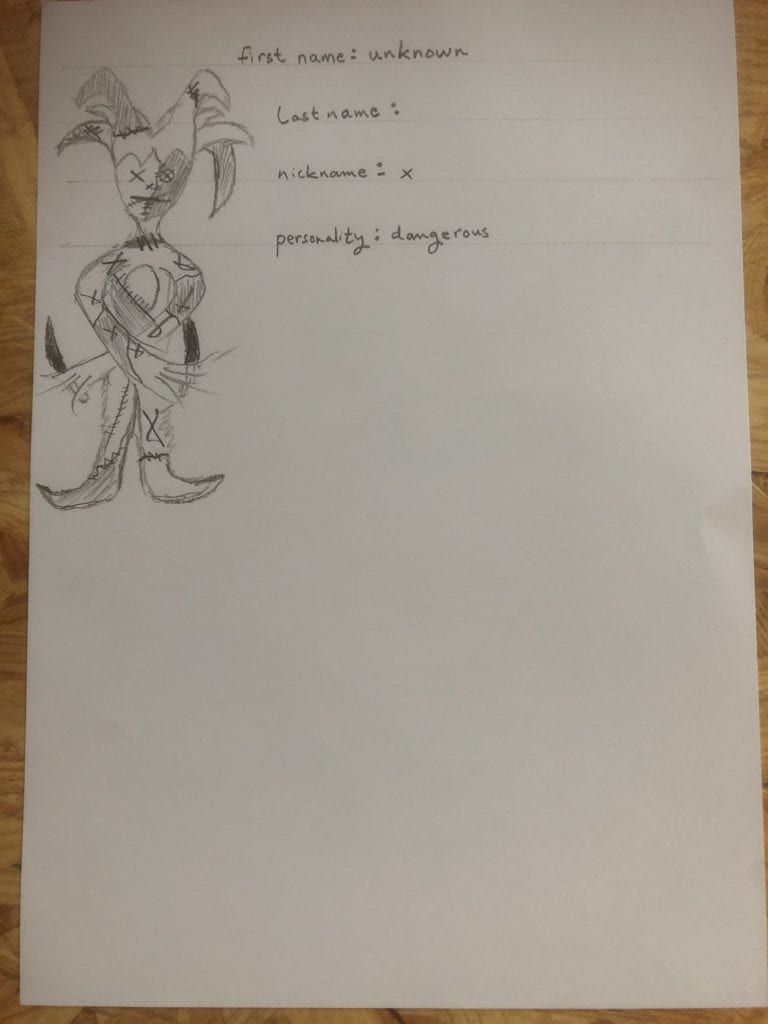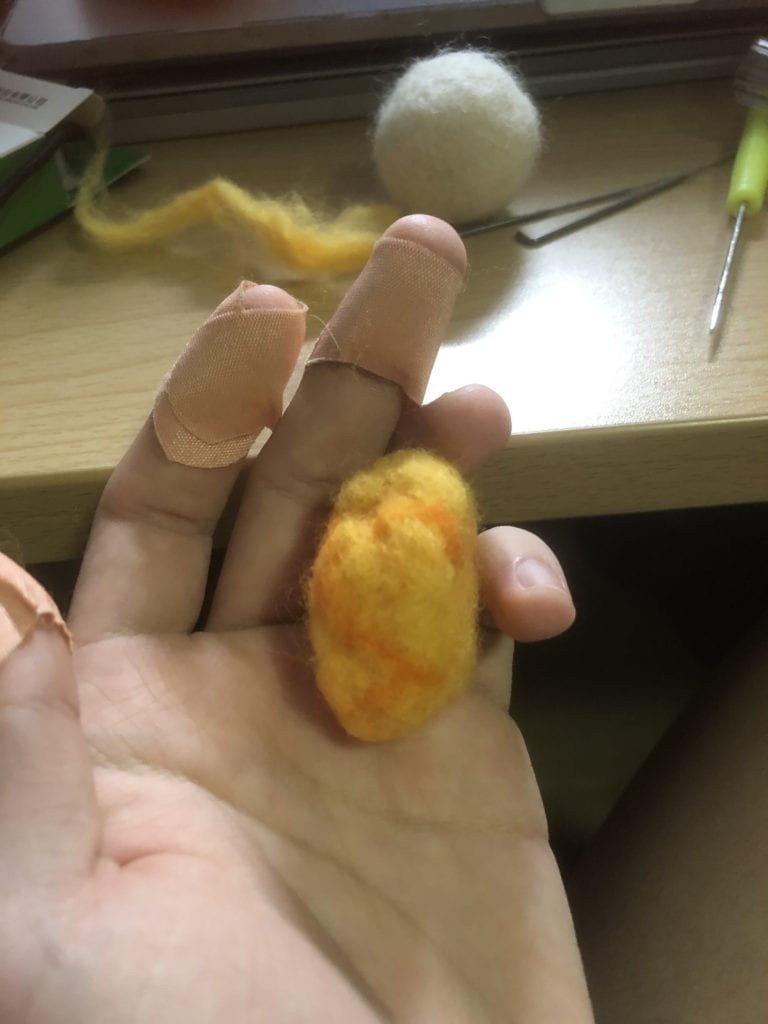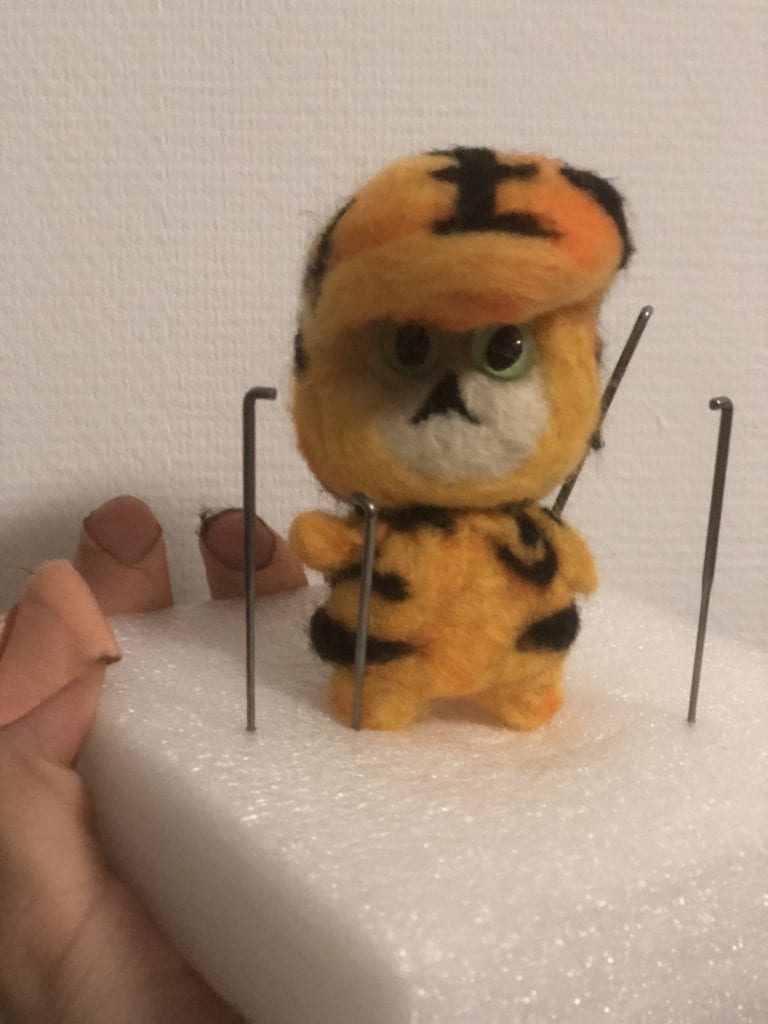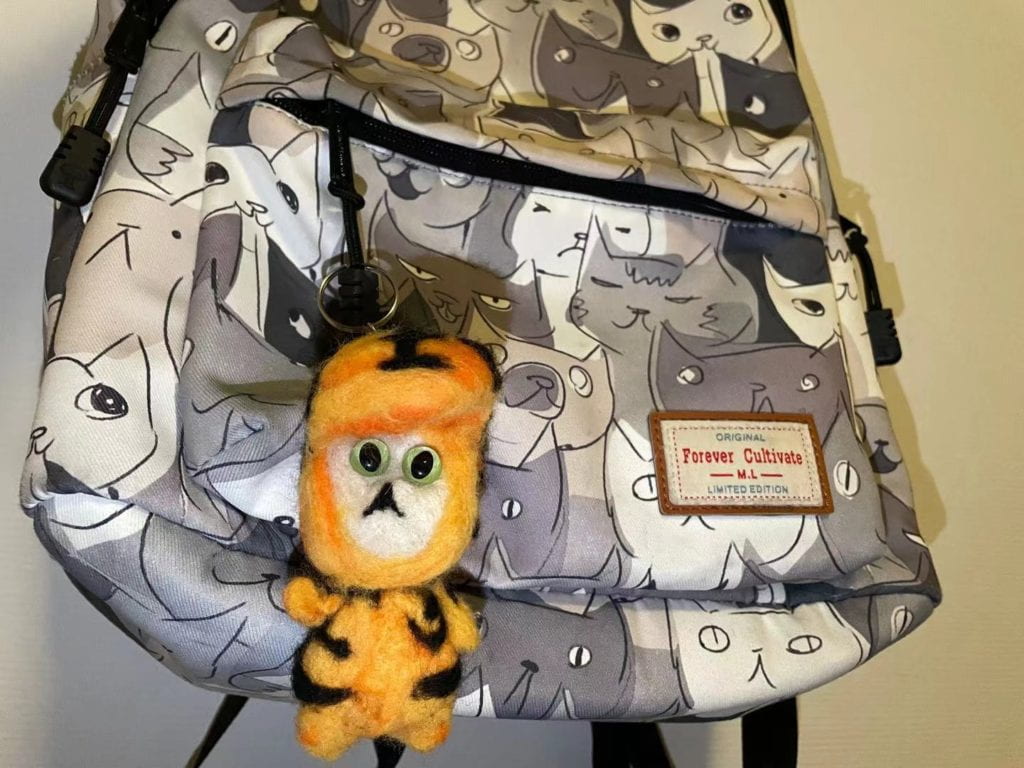Part 01: Game of Humanity
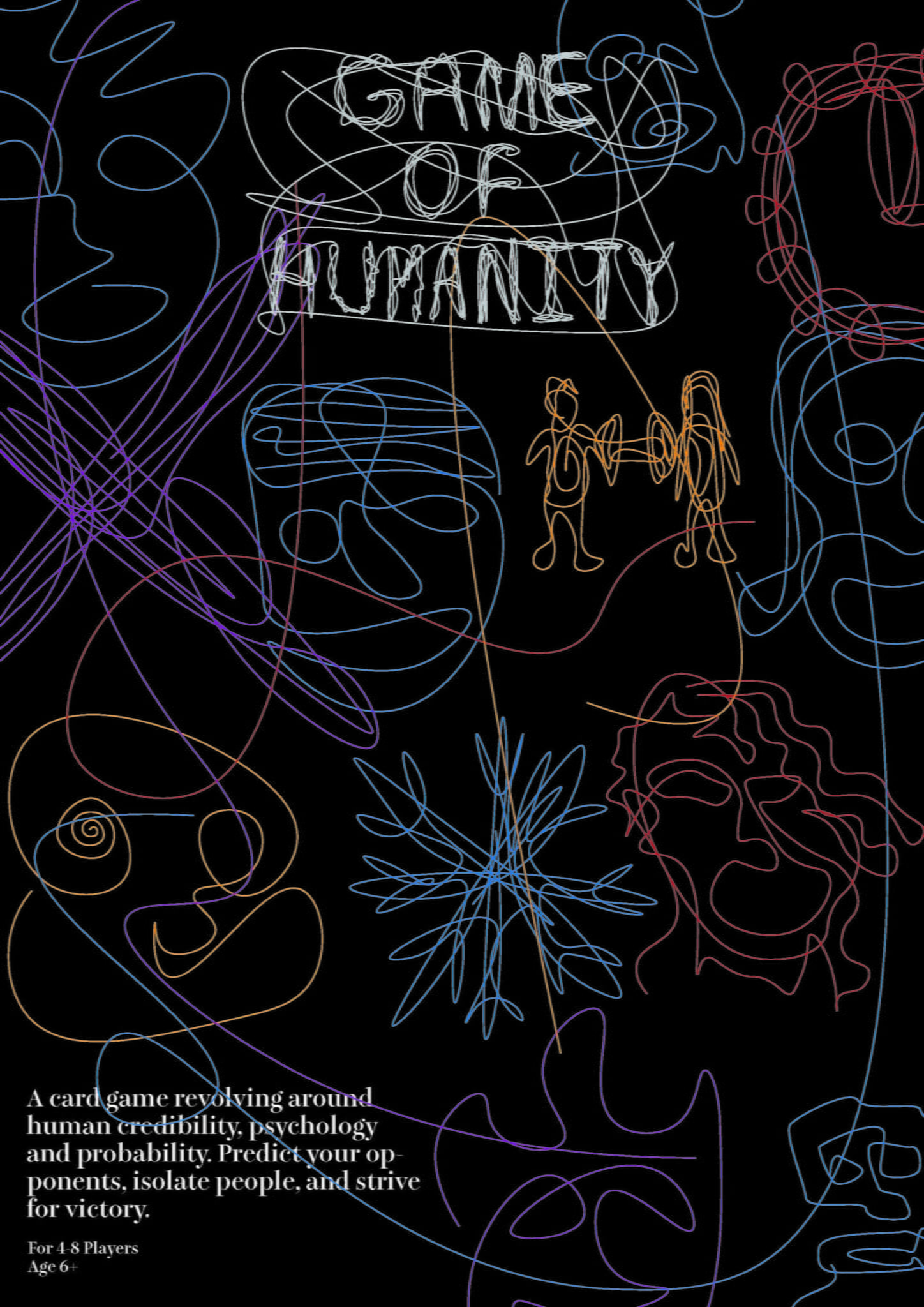
Game of Humanity is a card game that revolves around the concepts of human credibility, psychology, and prediction. For the card game, it utilizes principles of game theory, particularly the public goods game, but twists the conditions in which game theory is enforced where there can be negative contributions rather than positive contribution only. There are 4 types of characters with different win conditions which will define the user’s play experience as they have to take on a particular motive to win. These include winning 5 times in a row, losing 5 times in a row, collecting a certain amount of credit, or using ability to win. In addition, there are ability cards which can alter the state of the game with freeze, time warp, card swap, and nullify. While each character type has independent win conditions, there becomes unity and cooperation in isolating the character type close to winning. This essentially is the utilization of the concept of isolation in my project: unity in isolation. Thus the overall purpose of the game would be to stop others from winning through predicting the cards that they will play and trying to win yourself through deception. The overall play experience would then be competitive as there is mystery behind the identity that players hold and mystery behind the card that they will play.
Part 02: Project Creative Process
Write 3 to 4 paragraphs narrating the next items:
The project is a card game that twists the concept of the public goods game. Rather than having one independent character type as seen with the exemplar public goods system, I expand with different types of characters that are listed above. The four character types are troll, joker, human, and spirit. Meanwhile, the card game also has ability cards being the freeze, time warp, swap, and nullify ability that were designed to enhance the user experience. This card game is made for teenagers, but can be played by people of age 6+ as they would have the math skills to calculate the credits. The players can also be younger and older than teens as the fundamental principal of this game doesn’t require too much thought and isn’t age specific.
For the play experience, players draw a random character and read their win condition. Players start with three credit cards at the beginning. Whenever a turn begins players will have 2 minutes to discuss among themselves and time to play ability cards before moving on to the playing of a number card to the public pool. Players play one credit card each turn and put one credit card in their savings which cannot be removed from their bank. Afterwards, they will refill their hand until one character’s win condition is met. The play experience from this is essentially that there is a continuous process of adding and subtracting from the banks of all players which will be fundamental for some winning conditions. While keeping track of one’s credits isn’t the most important aspect, players will focus on how to utilize their ability cards and number cards to flip the odds. They may wrongly predict or wrongly use cards and that will affect their odds to win the game. The playing experience will develop patience and cautiousness. The playing experience will also leave players isolated at a point where they will have to independently struggle for victory against the majority. This will develop a sense of teamwork and isolation that occurs between all parties at different times.
My idea of isolation is that it is the state of being targeted as a segregation object by other players. It’s the sensation that you are the only one that you have on your own side. That is why I designed win conditions to be significantly different from one another. While some relations between characters last e.g. humans victory will help the troll get their gold accumulated, there is always an instance when characters are isolated where the troll will turn on humans in order to prevent human victory. In this sense, isolation becomes something that controls the relationships between people as isolation isn’t permanent but temporary. This still allows for community, but within the community there is always isolation that occurs which is the concept I wanted to express. I used research from “I’m the Boss” which is a board game I first researched for this concept of isolation. While all players are equal in their independent standards, the perceived victors are always isolated, but may become partners later in the game. Likewise, this incorporates that principle. Furthermore, there is the character type concept to create that group mentality and in-group mentality of psychology. This was from my three kingdoms board game research which has character types of different kingdoms that are teams with one another. Due to the randomness of this, a lot of people would have to decipher the identity of others based on their speech.
For the final project, I learned a lot regarding board game making and the design process. For example, the learning of making the rules accessible and easy to understand was crucial to my piece. In addition, trying to make the work cohesive through design was also very enjoyable but tiring. I personally enjoy the minimalist style using pen tools to create curvatures that imply a person or icon which is what I tried to do for the whole thing. Of course this was all normal, but I also had to modify my design and make sure that the focus of my card was in the safe zone when cards were cut. This would be informative for myself to learn as it helps me develop my design further for other components of the design process. Lastly, I think that the design of the box was pretty nice. It was made to be a card holder and a record box all in one. I felt that this worked particularly well, but the pieces should be different colors as mentioned during the critique to allow for easier observation. If I had more time, I think that I would have liked to experiment with designing the box for the cards to also have a compartment for the game pieces. This way, it won’t affect the overall placement of pieces.
Part 03: Documentation












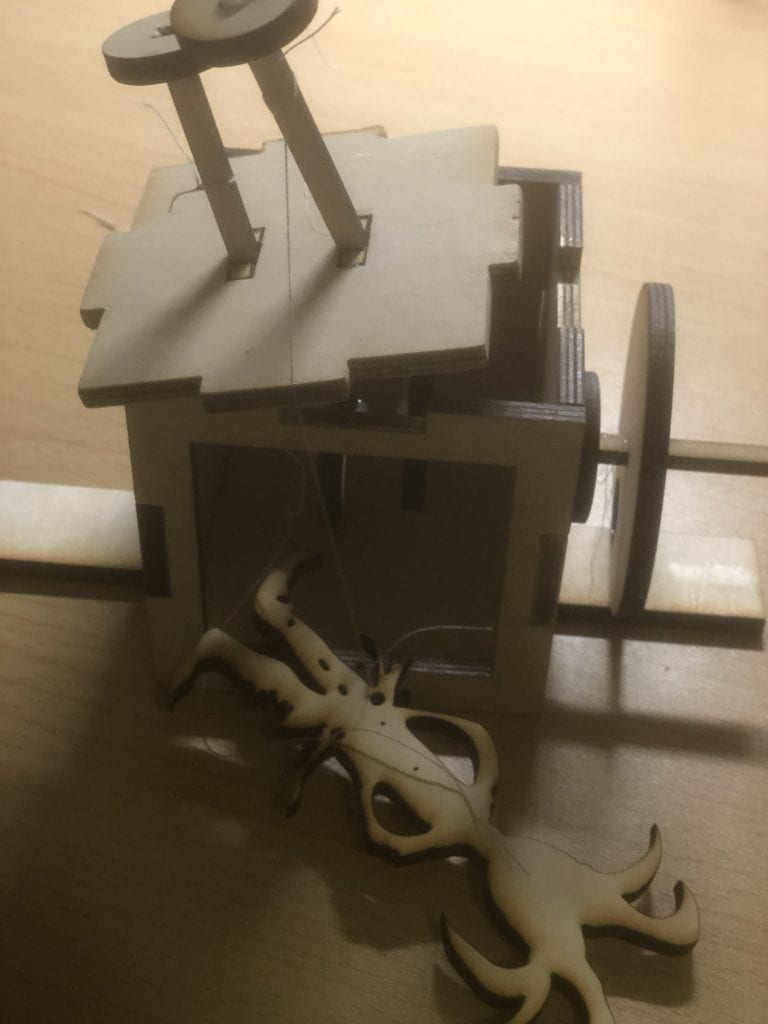

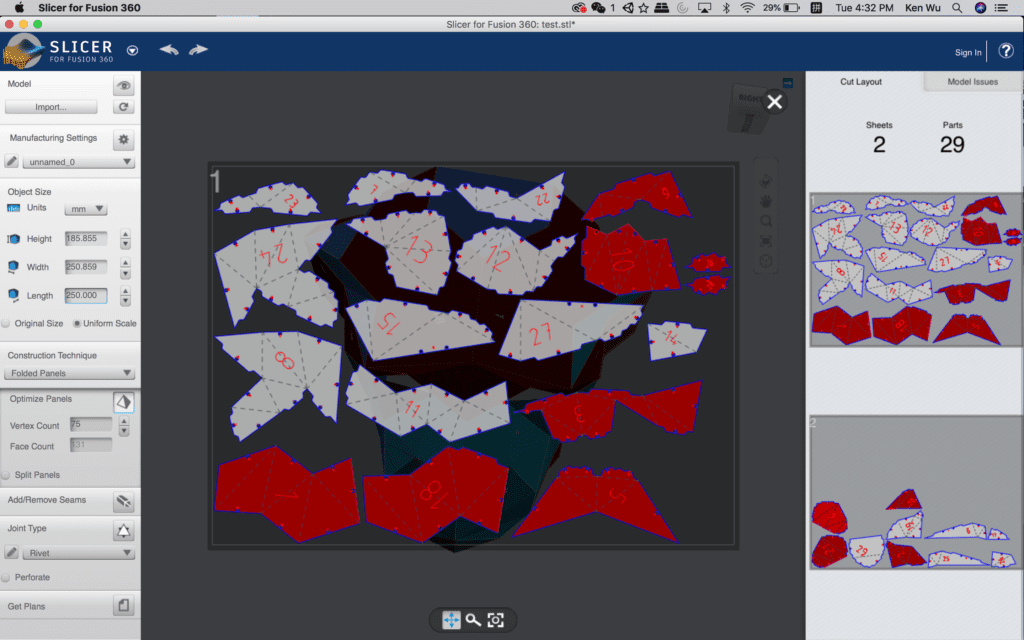
 Despite having initial difficulty, this plan was still exported in which the plans looked something like this after editing the file to be laser cut.
Despite having initial difficulty, this plan was still exported in which the plans looked something like this after editing the file to be laser cut. 

